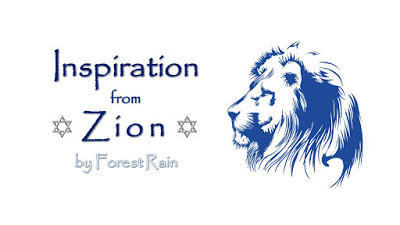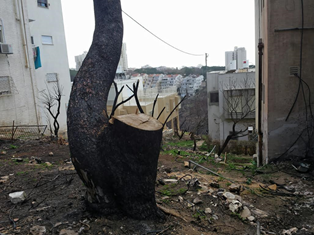

Can you imagine living in exile? Knowing that, although you have lived all your life in one place, as have your parents and maybe even grandparents, you belong to a different land?
The Jewish people lived in exile for centuries. Their religion and traditions did not allow them to forget… Maybe, most of all, it was their neighbors who did not allow them to forget that they belonged to a different land.
Jews in exile yearned for Zion, “the sun-drenched land.” Its fruits became something almost mythological. If someone managed to bring them fruits of the Land, it was like receiving a small miracle, something rare and very precious.
Of course, fruits couldn’t stay fresh on such a long trip. Dates, for example, could be brought from the far away land to the people in exile. This is where the tradition of eating dried fruit on Tu B’shvat began.
Tu B’Shvat is the new year for trees, celebrated according to the Hebrew calendar, on the 15th of the month of Shvat.
This is the new year for the purpose of calculating the age of trees for tithing (See Lev. 19:23-25, which states that fruit from trees may not be eaten during the first three years; the fourth year’s fruit is for God, and after that, you can eat the fruit).
It is customary to celebrate the holiday by eating fruit from Israel, particularly a new fruit or one of the Seven Species described in the Bible as being abundant in the land of Israel: wheat, barley, grapes (vines), figs, pomegranates, olives and dates (honey) (Deut. 8:8).
In 1904, Professor Otto Warburg proposed establishing a Zionist Fund for the purpose of planting olive trees in Zion on lands redeemed by KKL-JNF. The Teachers’ Association of Eretz Yisrael turned planting trees in to a national tradition, followed by school children throughout the country.
The Jewish people returned to the land, planted trees and made the desert bloom. Technology and dedication realized the promise of a land “flowing with milk and honey”. Hills that were barren became green. The fruits of the land grew more abundant and new fruits were cultivated.
Our trees and their fruit are precious. This land gives much – when it is loved.
This year Tu B’Shavat seemed to me a holiday of sad stubbornness.
My beautiful city of Haifa is currently scarred with black patches of land that once were green.


Leave a Reply